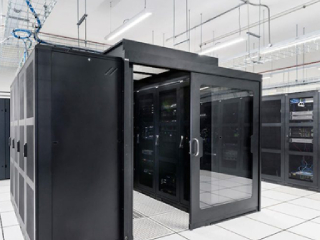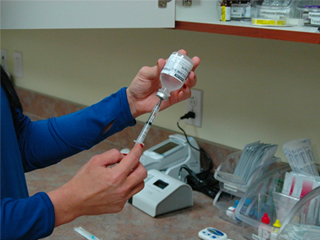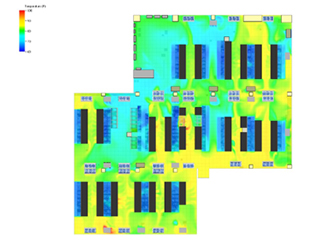
Why Energy Is A Problem For Data Center Growth?
Data centers located in the USA consume around 90 billion Kilowatt-hours of electricity a year. Globally, data centers account for around 3% of the worlds total energy consumption. At the current rate of data center expansion this is set to double every 4 years! If we use Moores law, transistors get faster, doubling in speed every 24 months. Using this logic, compares should be eight times faster than they were 12 years ago. But this isn’t the case, which is partly fueling the growth of data centers. They can’t simply upgrade their servers, new capacity has to be added.
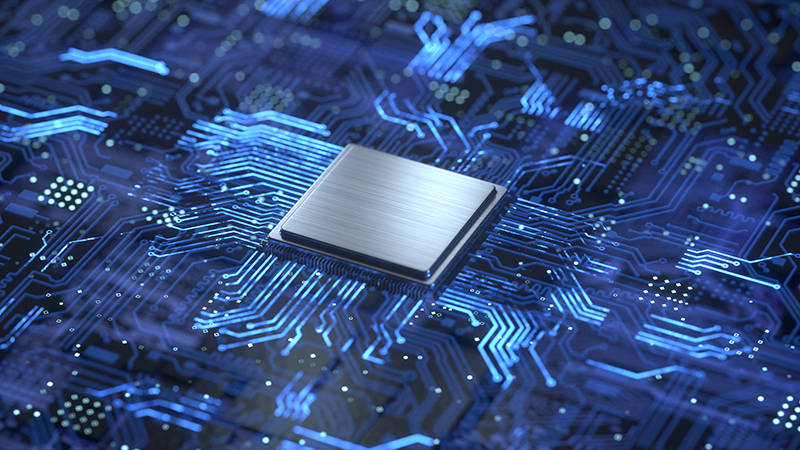
In 2004 Intel released the Pentium 4 processor, with a clock speed of 3.8GHz. By 2017 they released the 3.8GHz Intel i7 processor. So why is it that computers aren’t getting faster? Well it is partly to do with energy consumption. 12 years ago, advances in semiconductor technology gave higher performance and lower power consumption. however, the decrease in size is no longer giving increases in speed, and neither are they providing lower power consumption. This means the advances in transistor technology is not able to offset the rapidly increasing power consumption required by data centers.
The US government initiated in 2016 a drive to optimize data centers and reduce the costs of data center operations by 25% by the end of 2018. The problem is, during this period the government’s compute requirements increased. The solution was therefore to move the computing to cloud based services. This moved 11,700 federal data centers to other facilities. Did this help reduce energy consumption? No, it simply shifted it somewhere else. it is accepted that a co-located facility is likely better designed and more efficient than in-house facilities, but it still requires a signifiant amount of energy. The actual reduction in energy consumption was a drop in the ocean.
Streaming video services have resulted in a huge amount of server capacity and storage space. It is estimated that 500 hours of video is uploaded per minute, 24 hours a day to services such as YouTube. That’s 720,000 hours of video per day. Add in other streaming platforms like Vimeo, videos and photos on Facebook, Instagram, Twitter. Video on demand services like Netflix, Apple Movies, Google Play Store and Amazon. Increased demand for Artificial Intelligence which has massive computing power requirements all equates to huge demands being placed on data center infrastructure. This expansion means increased electricity consumption.
So how will we meet these energy demands? There is certainly no slowdown in the growth of demand. This is a major challenge being faced by the data center industry.
Steps being taken to reduce power consumption include decommissioning old power hungry equipment, and the use of Solid State Hard Drives in place of traditional magnetic storage. Flash based SSD’s are much more energy efficient than spinning disks. Cooling systems have advanced becoming greener and smarter. Construction and design practices in data centers have evolved with hot/cold aisle containment, opening data centers in cold climates and Microsoft even experimenting with underwater data centers.
The problem is we are starting to run into the wall of the gains these technologies can make. PUE numbers have continued to fall for the past 10 years, however in 2019 PUE numbers actually saw an increase for the first time since 2006. Google has a very impressive PUE of 1.12 across its data centers. This is almost as close as you can get to a perfect PUE of 1.0 (100% free cooling). So where do you go from here? Any future gains in PUE will be small, if there are any at all.
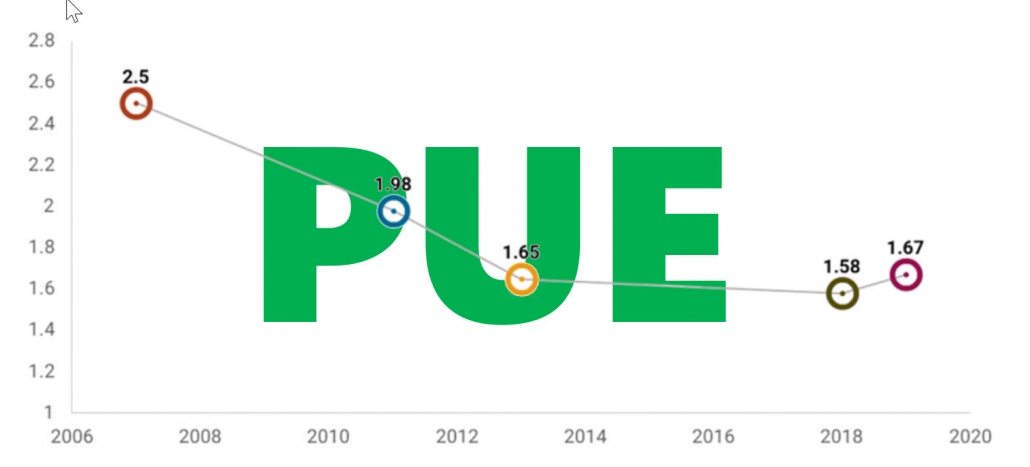
image from uptime institute
Conclusion
Unless there are some major breakthroughs in clean energy production, the other side of the equation would be to improve the compute power, giving a higher density of compute power per watt. 40 years ago, the transistors in use were far slower than the wires that connected them. Fast forward and now transistors are microscopic, but function at far faster speeds than the wires that connect them. A complete role reversal. So what advances can be made by sinking transistors further, other than size. So the world either needs to get serious about increasing our capacity for energy production, or we need to have a breakthrough in compute architecture.
Reference articles
https://journal.uptimeinstitute.com/data-center-energy-use-goes-up-and-up/
https://www.forbes.com/sites/forbestechcouncil/2017/12/15/why-energy-is-a-big-and-rapidly-growing-problem-for-data-centers/?sh=244b32655a30

